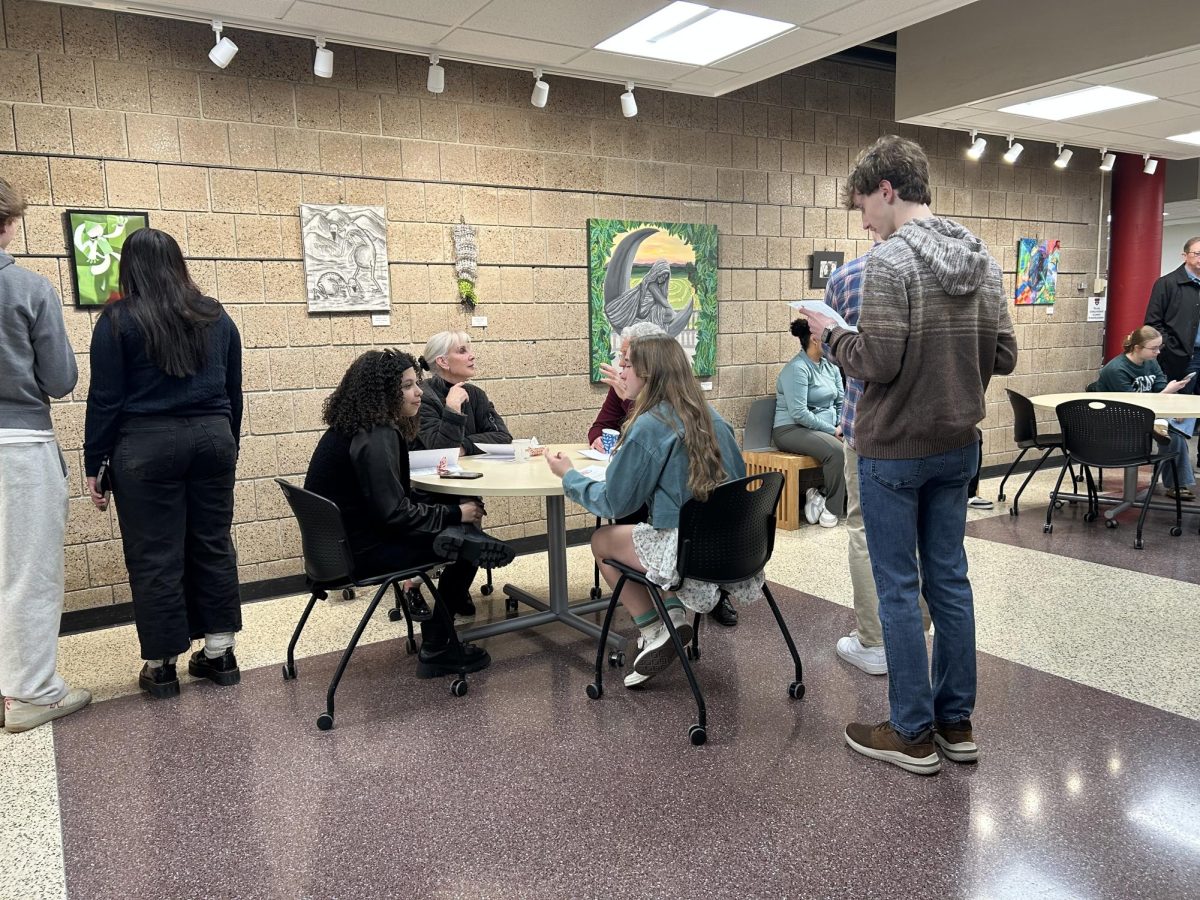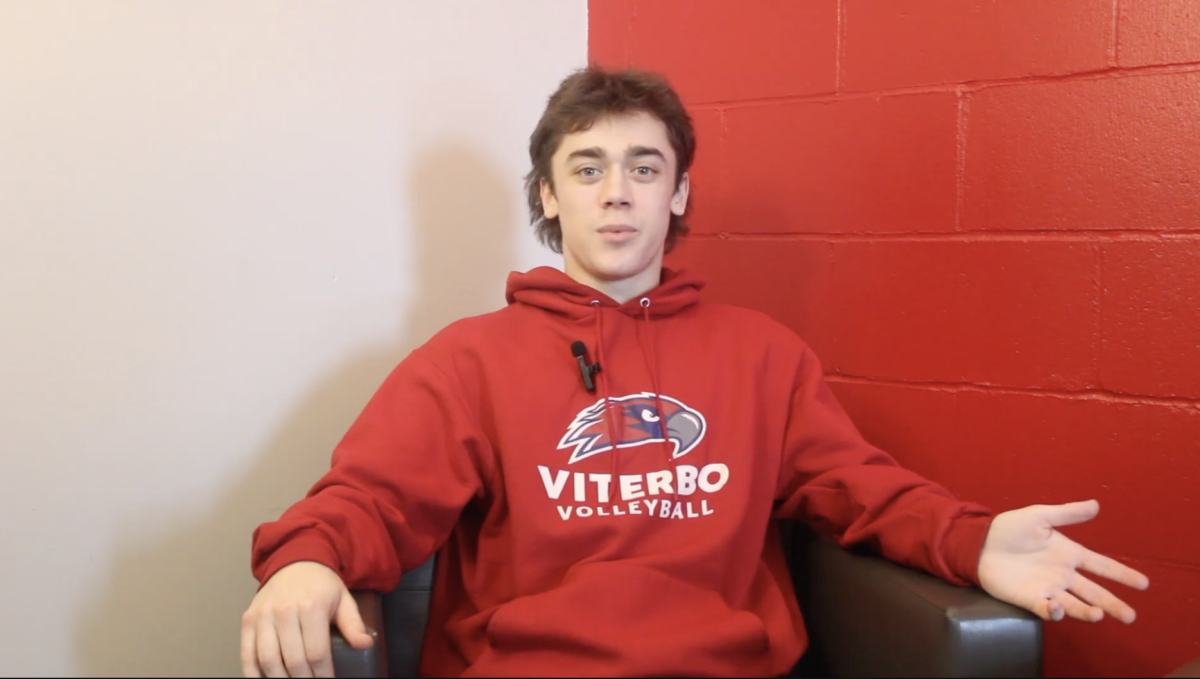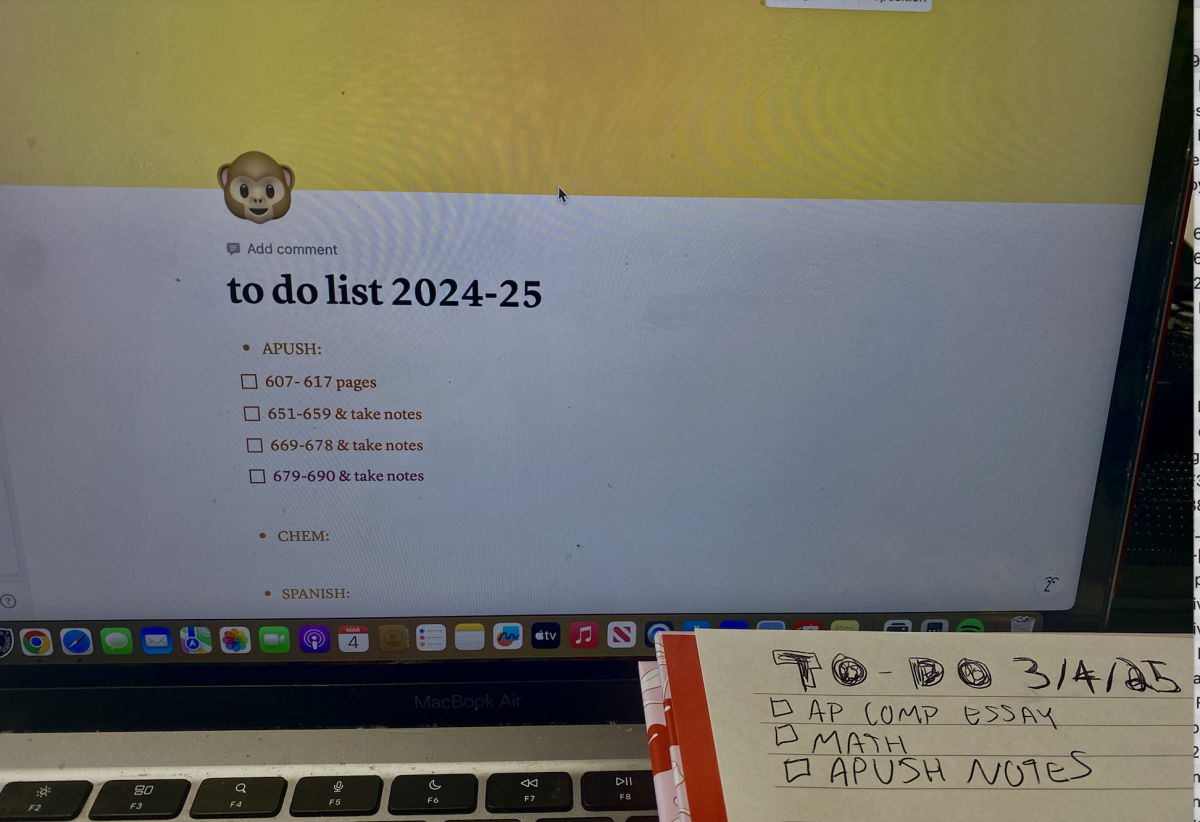Benilde-St. Margaret’s, a college preparatory school, aims to give students a realistic glimpse of how much work a university student would receive depending on their courses. The more rigorous work comes with an increased stress level. Staying on top of assignments, putting in effort and dedication, and making sure they all get done in time can become overwhelming. The majority of students find that keeping track of homework digitally is the best way to manage their workload; however, there are a variety of tactics out there.
Each student has a different limit to their stress and manages it differently. For some, it may be the quality over the quantity of your work. Worrying about how good of a job you’re doing or how much effort is required to receive that “A” can become daunting, and cause both perfectionism and procrastination simultaneously. Junior Olivia Pellegrene feels that her workload is manageable, it’s just a matter of applying yourself to get her desired grade. “The work I’m receiving, I don’t have a lot of homework, but [it’s] getting [more] difficult. It’s getting harder for me to fully understand all my work, but the amount is not a lot,” Pellegrene said.
Because students have at least seven classes to maintain good grades in, it can be a struggle to keep track of everything without an organizational method. An outlet many students find helpful is to-do lists and planners. Most students keep some form of to-do list, whether online, on a website, or on paper. No matter the form, students find that to-do lists are efficient and rewarding. “It’d be very hard to keep track of this in your head because we have seven or eight classes, you gotta have somewhere to write it down. Or Schoology does help if you don’t write it down,” Pellegrene said.
While some students use work-managing websites, such as Notion, others prefer more informal approaches to their to-do lists, such as writing them on a sticky note and keeping them on your computer till they’re done, or keeping an online note or Google Doc of work. Junior Cristina Sibri Pina’s preferred choice of to-do list is keeping track of her work via Google Docs. “I keep track on a Google Doc. I have a little section for each one of my classes and write where the assignment is,” Sibri Pina said.
Creating types of reward systems can help students manage their strenuous school years and workloads. Some students find that if they find some kind of reward for getting their work done, it creates discipline and control, allowing students to efficiently get work done and earn a prize at the end of their work. Junior Sierra Barret keeps a system of working and then taking a short break in order to maximize her work and avoid getting too distracted by her phone. “[I’ll do work for] 20 minutes or more, and then take a five-minute phone break. But if I’m really grinding on something longer, then maybe I’ll still only do five minutes,” Barrett said.





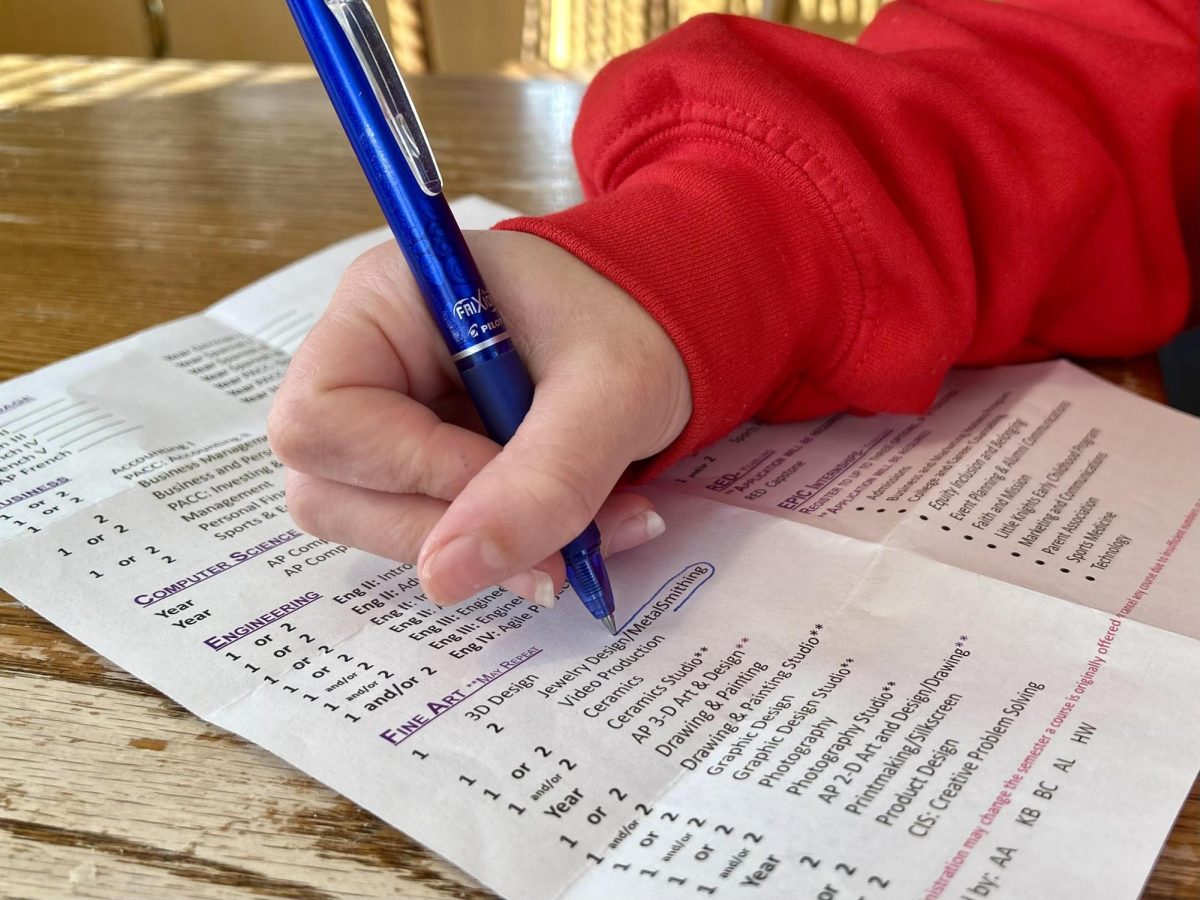

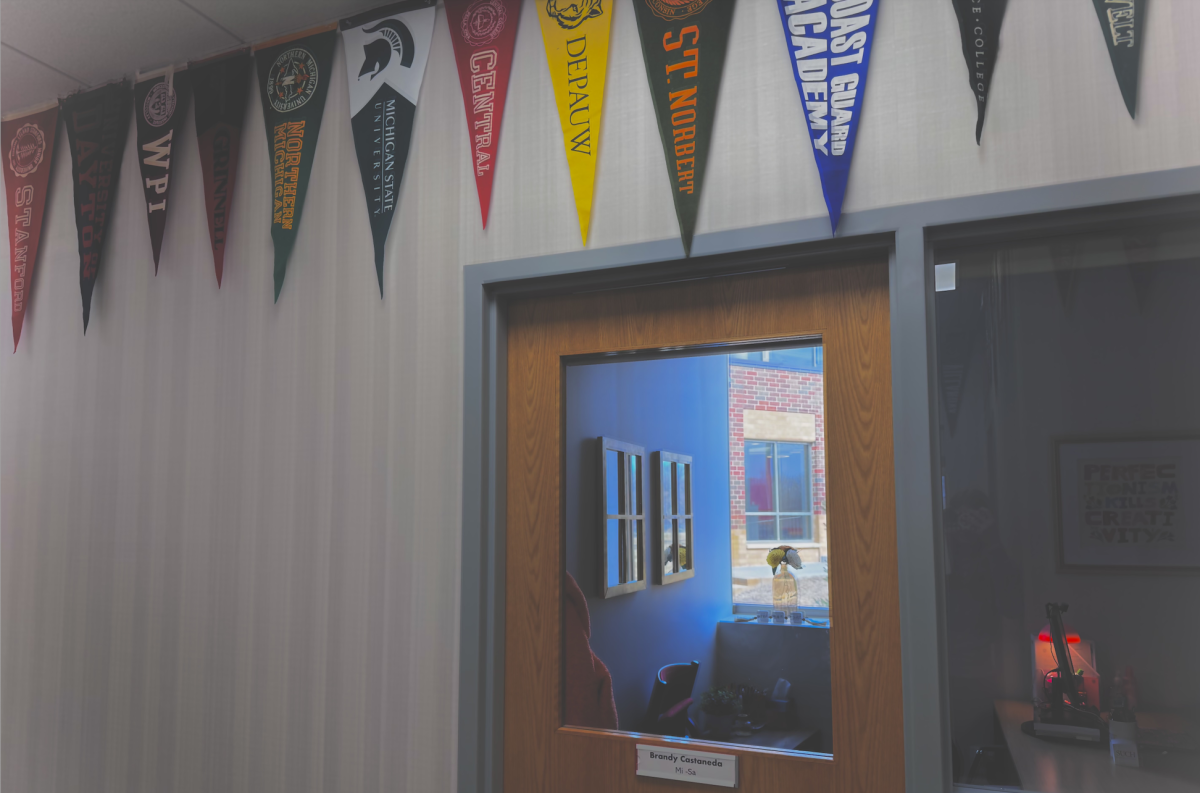
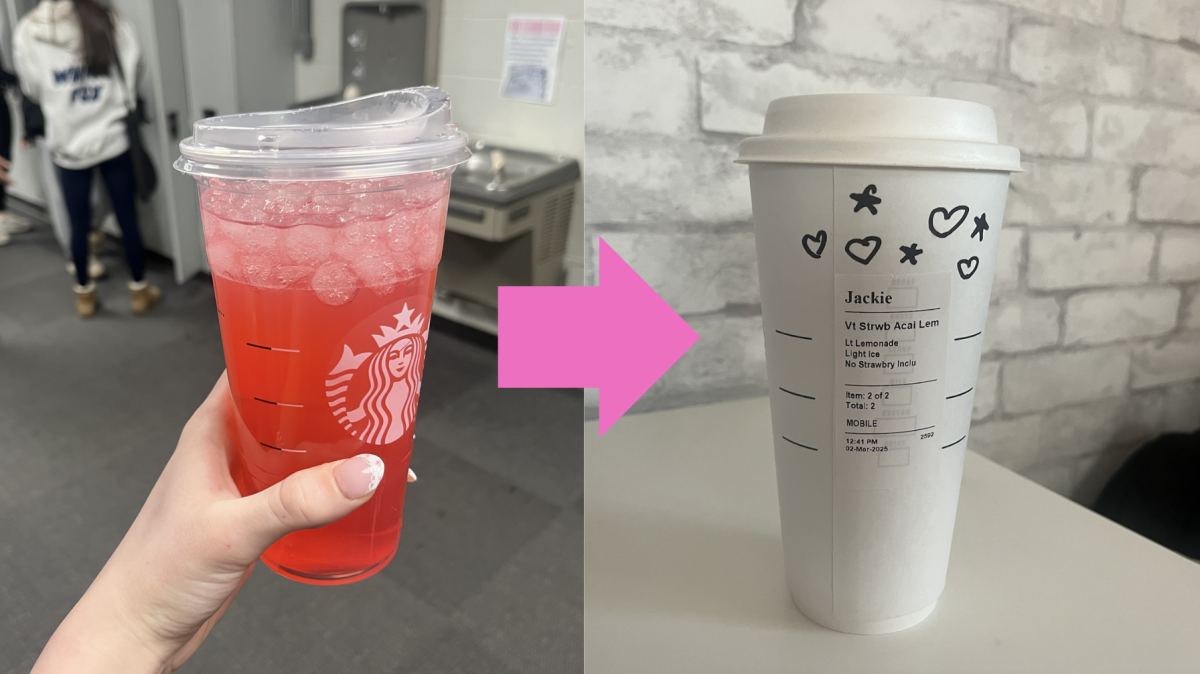
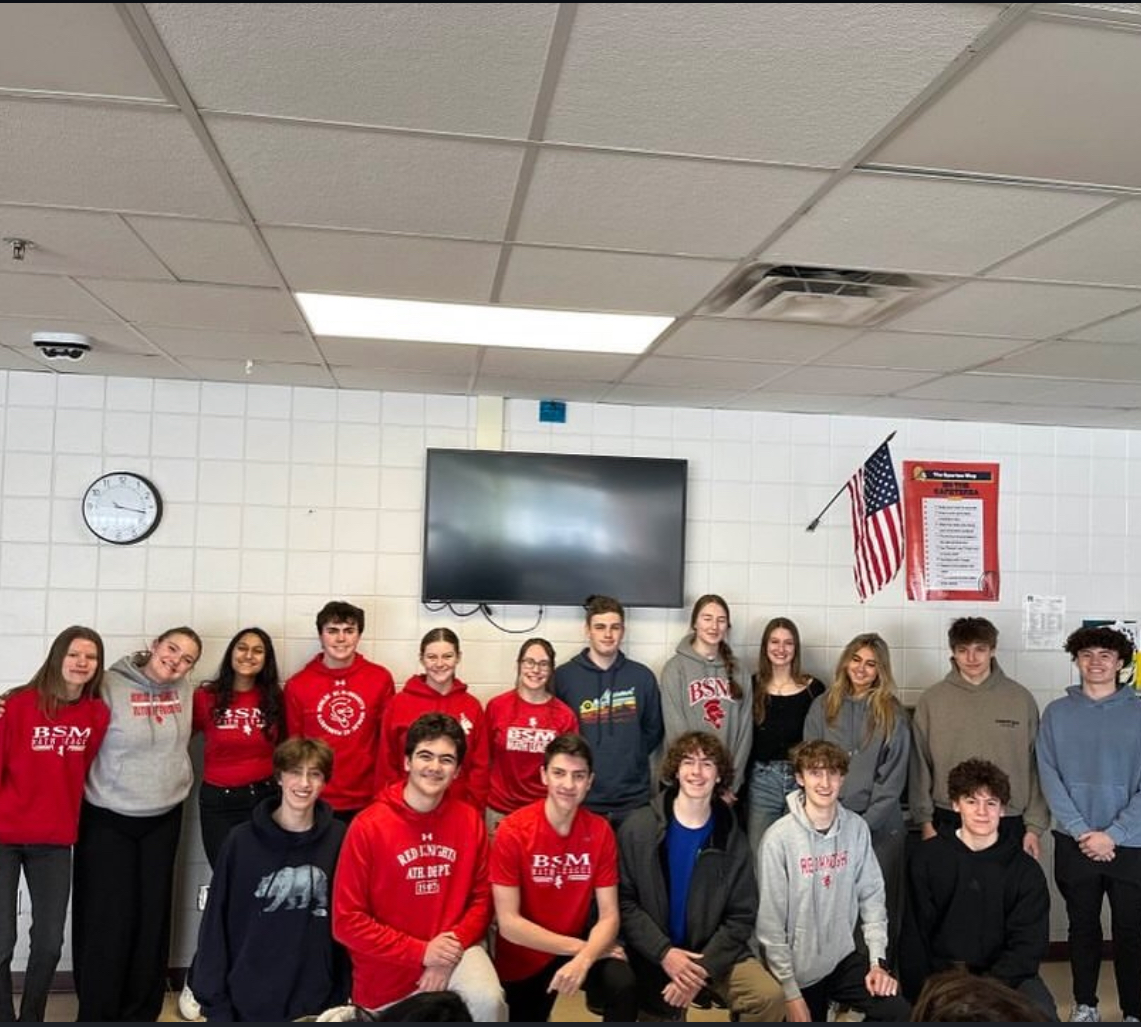
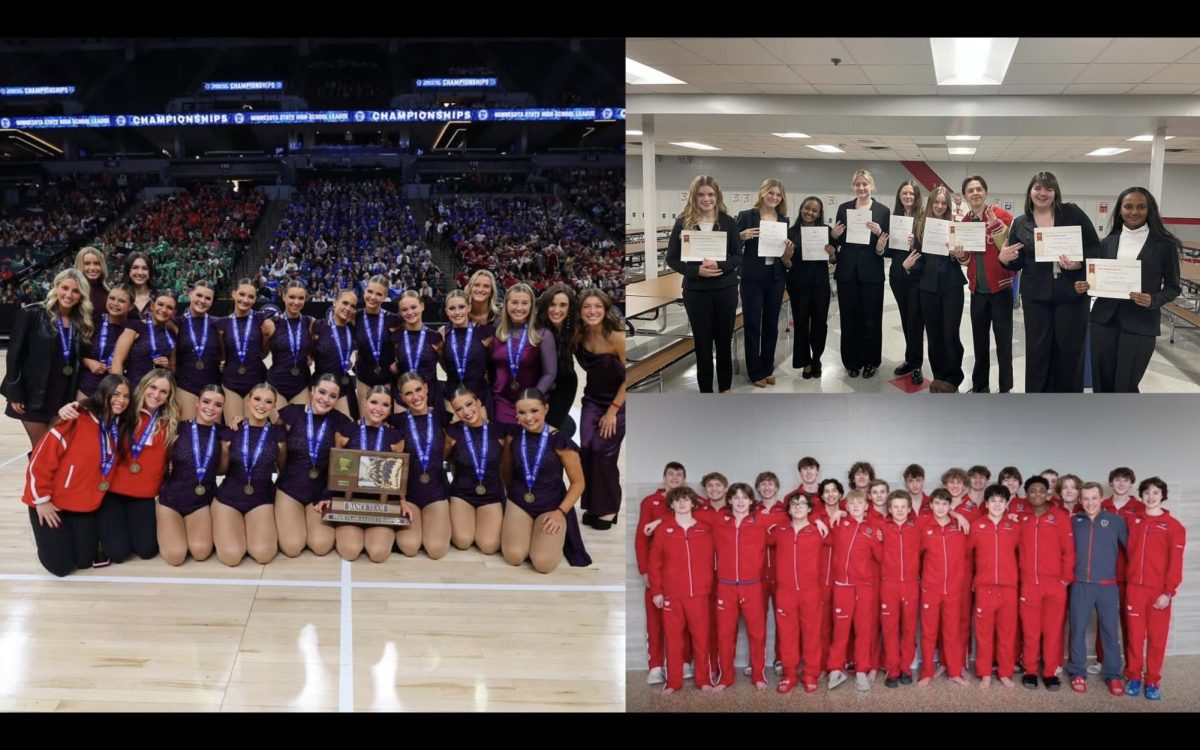


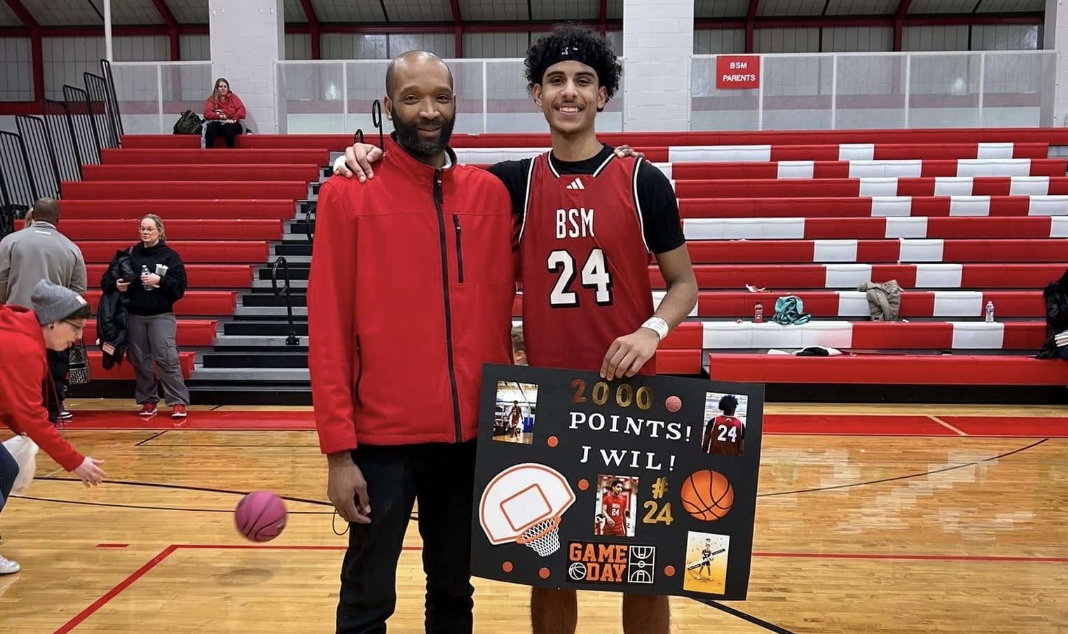
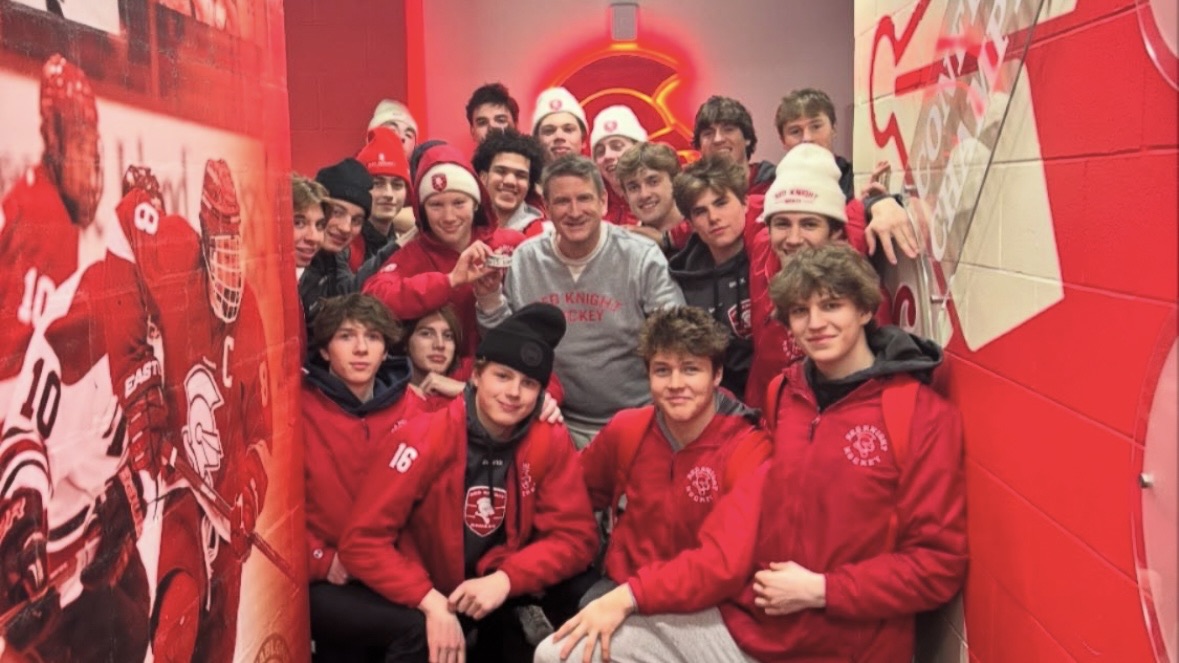


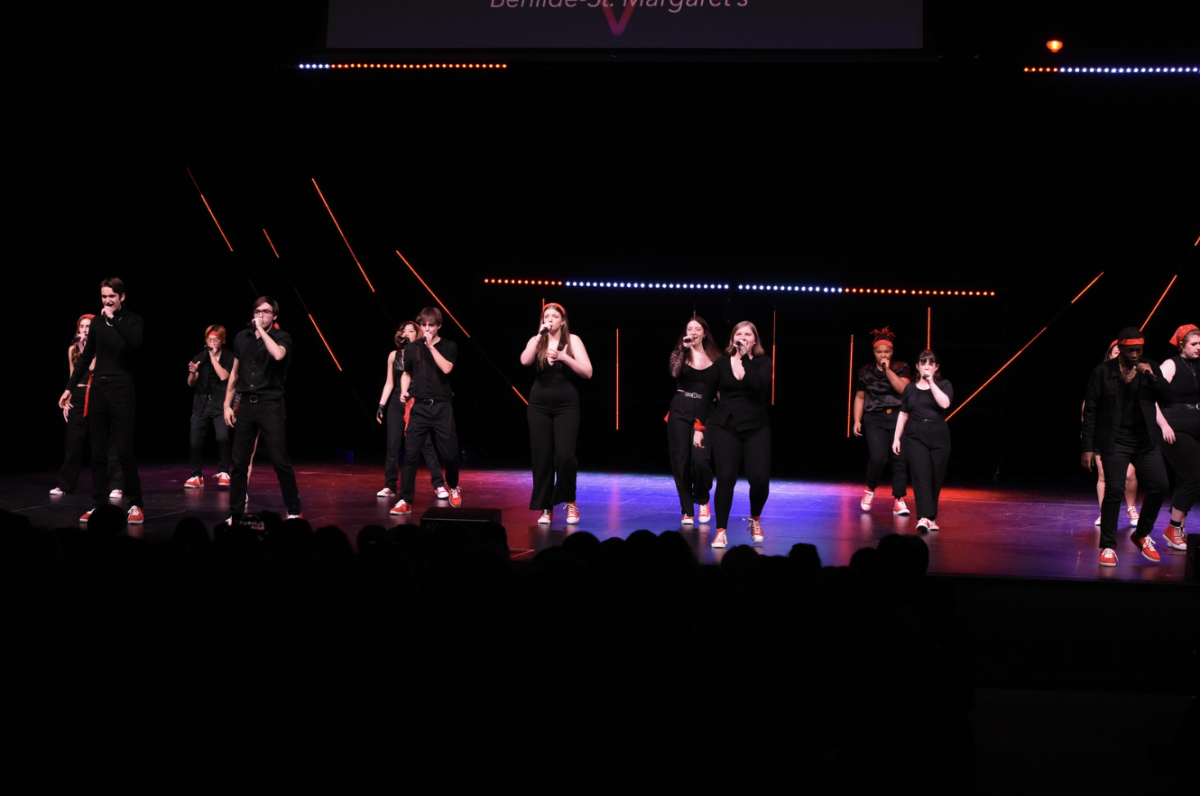
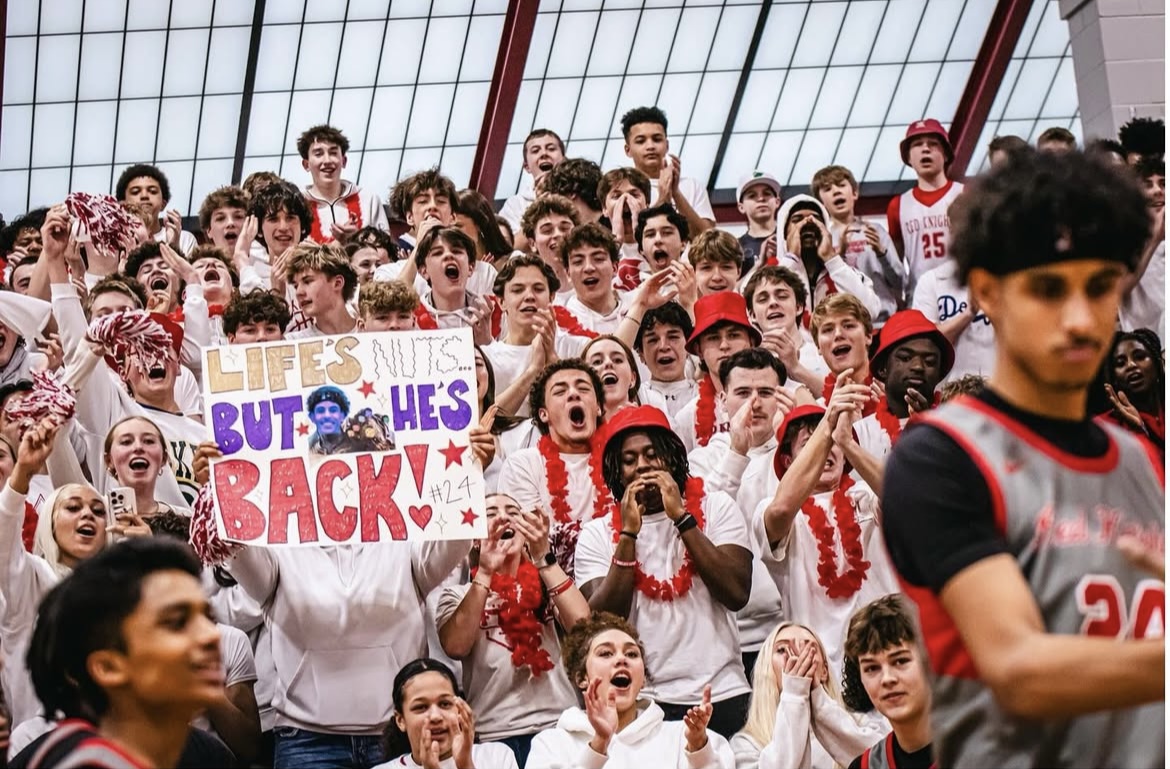
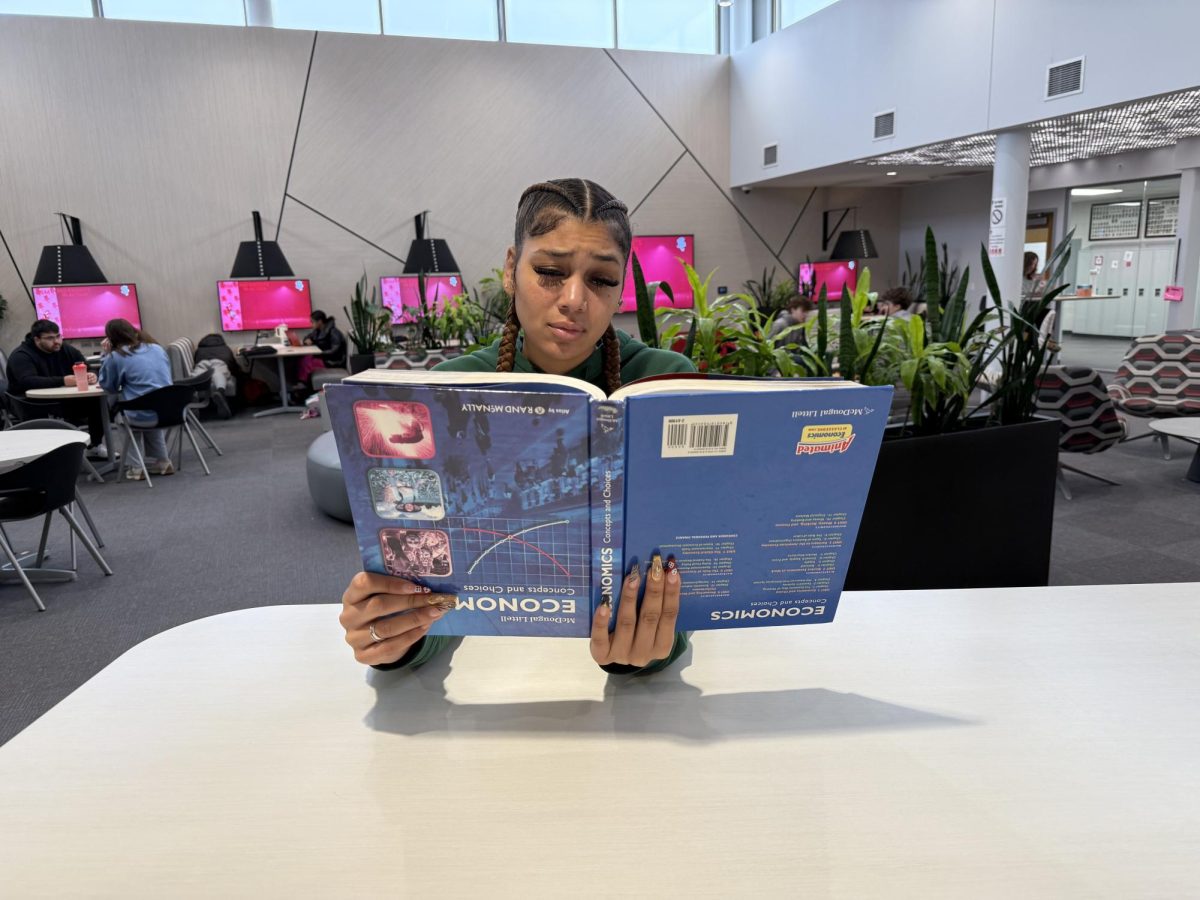
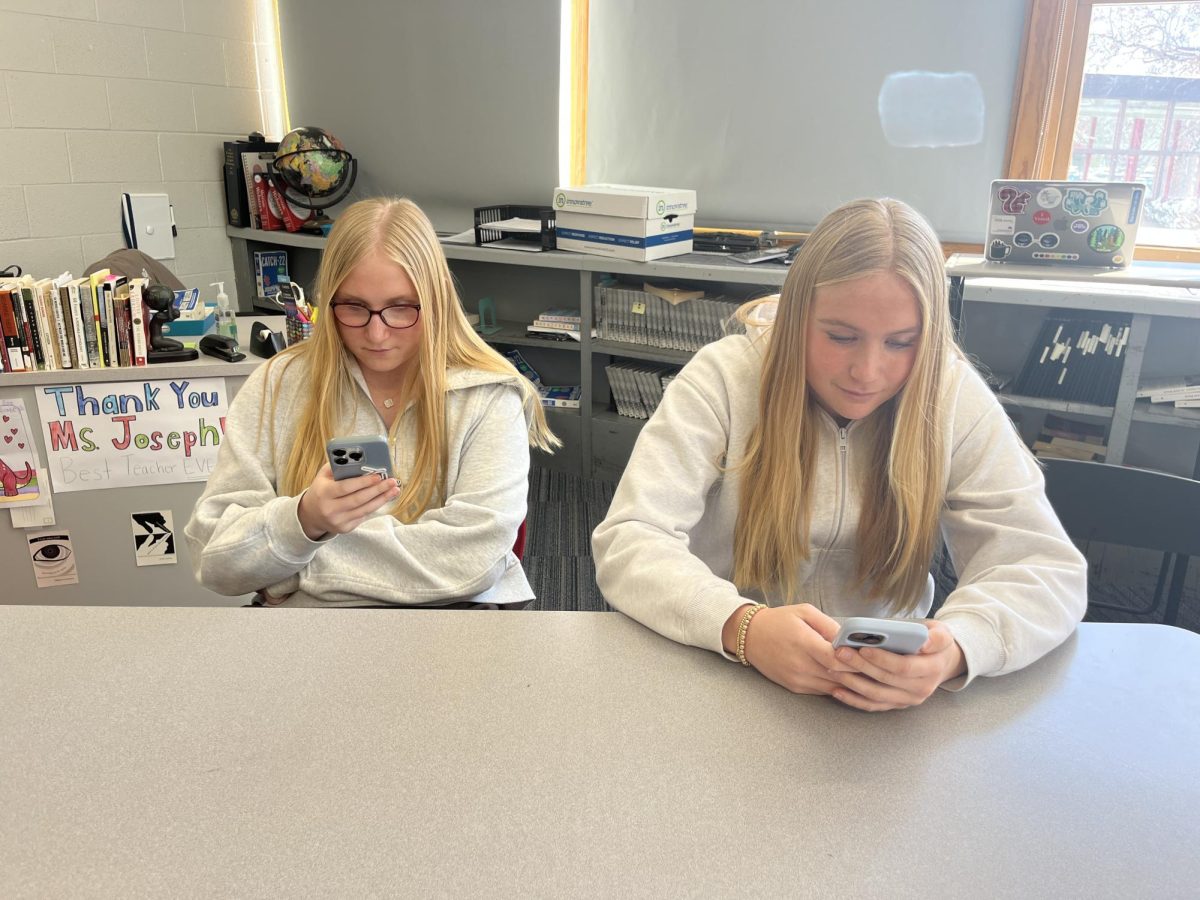



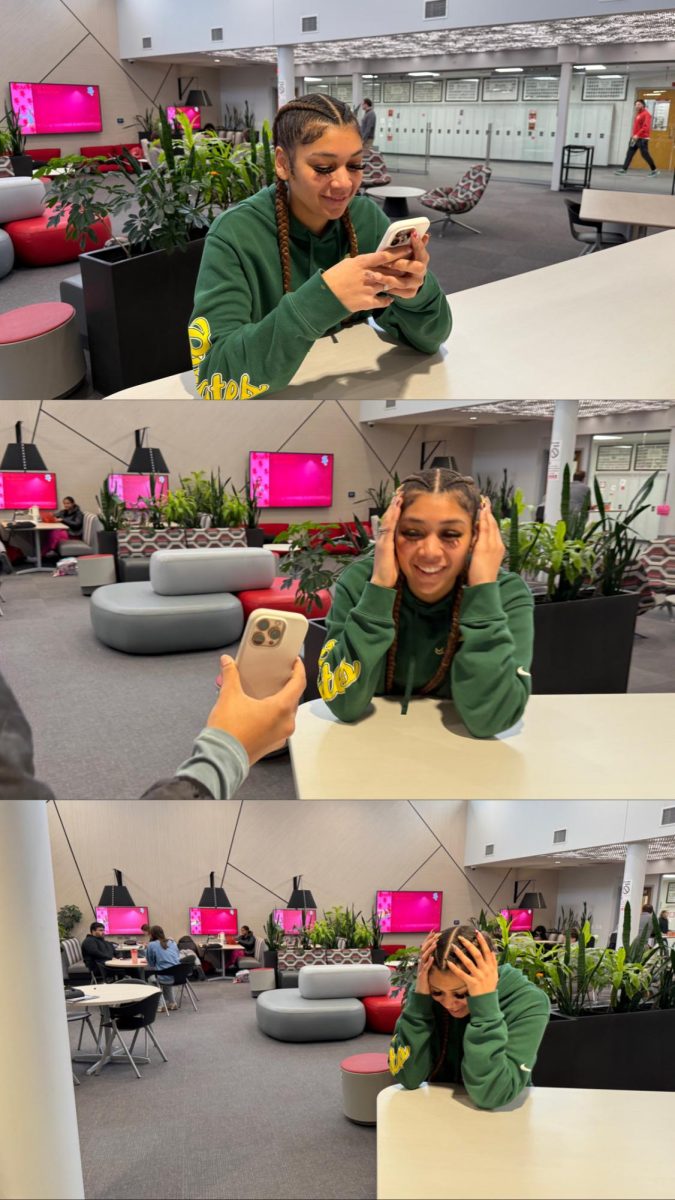



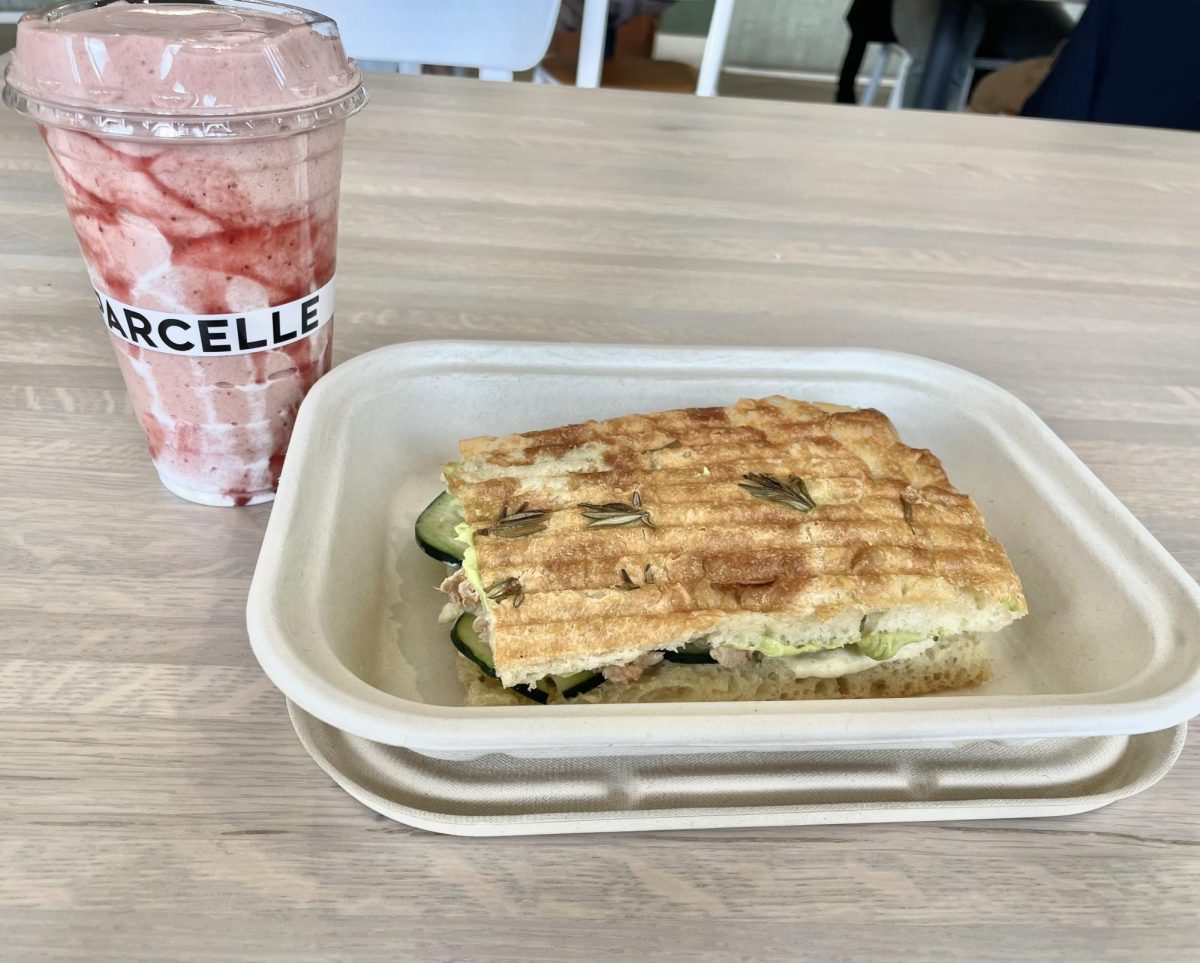
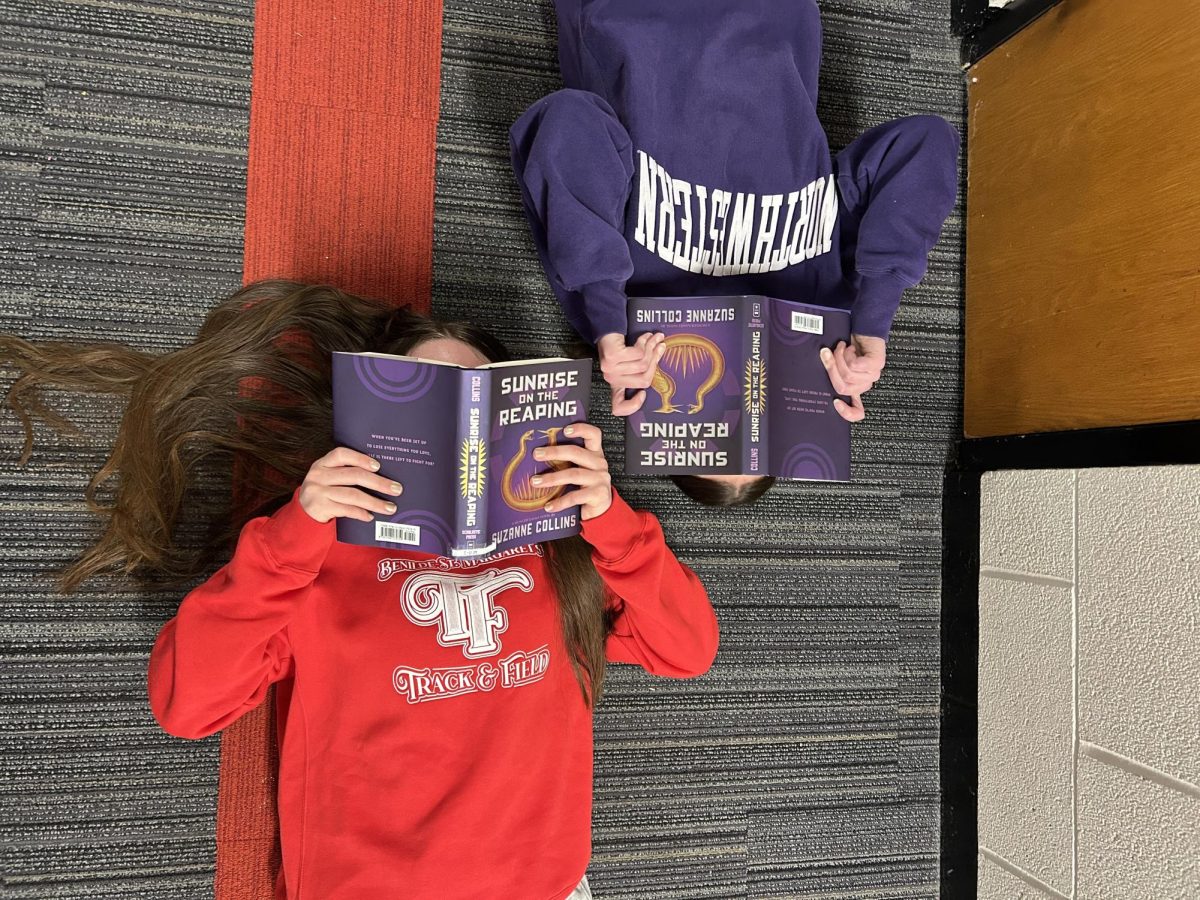


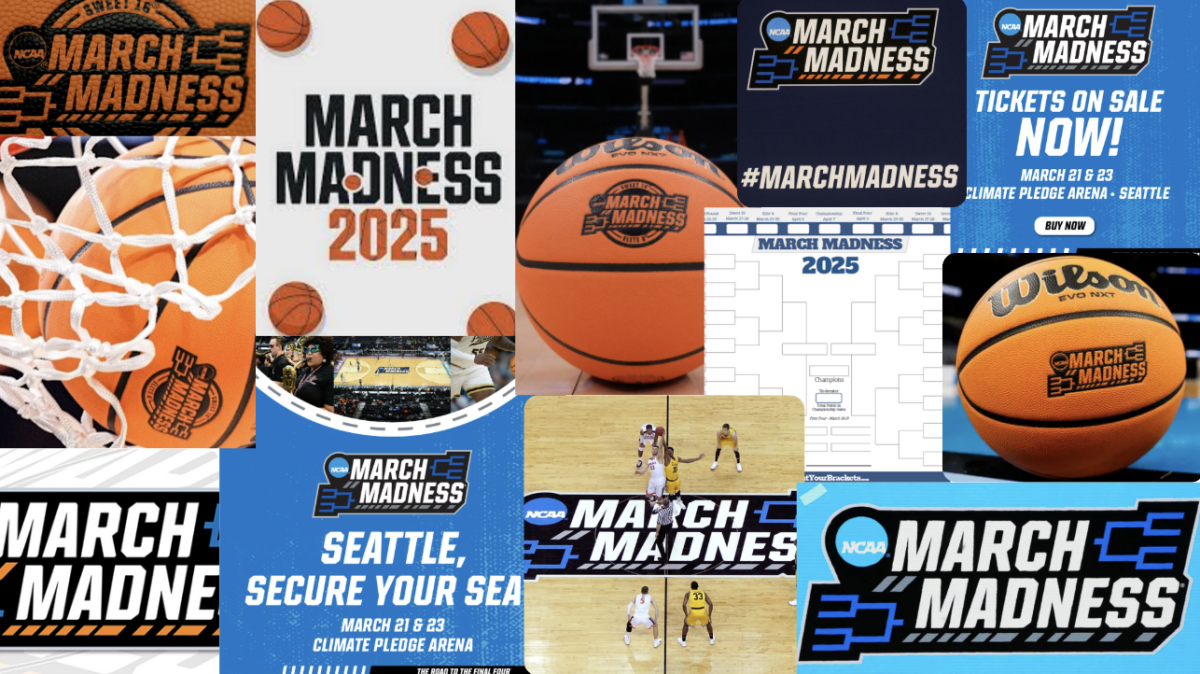


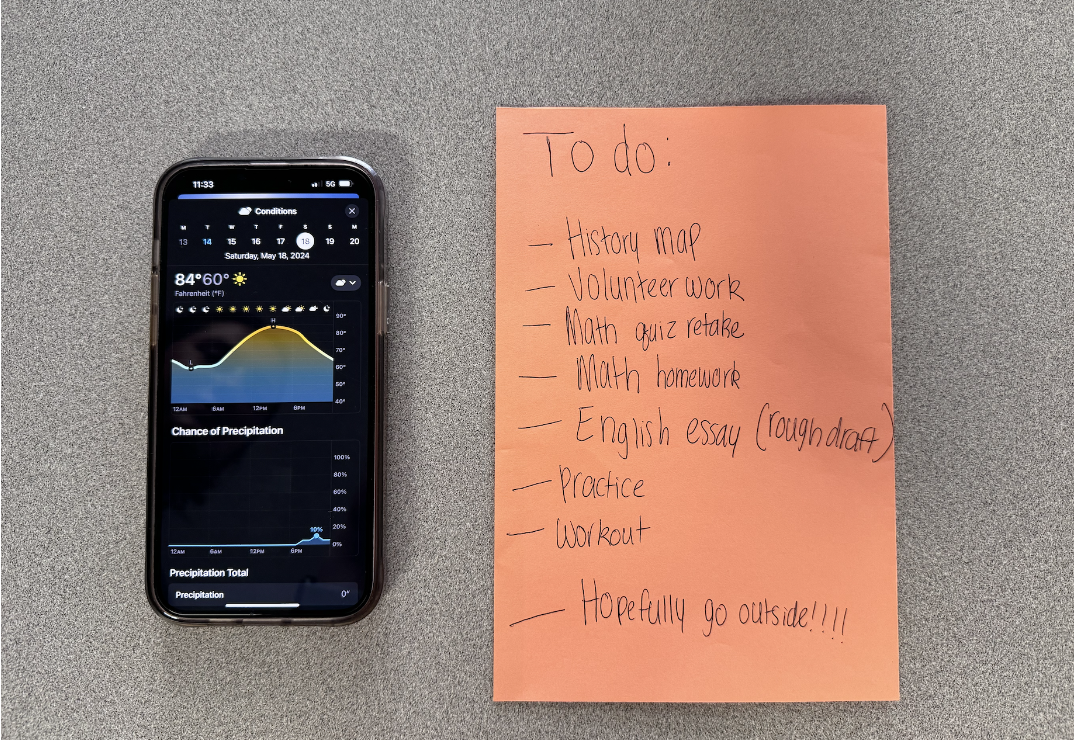
![Teacher Lore: Mr. Hillman [Podcast]](https://bsmknighterrant.org/wp-content/uploads/2025/03/teacherlorelogo-1200x685.png)
